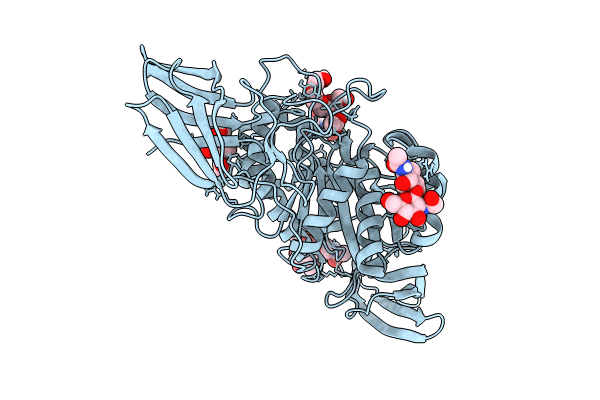
Deposition Date
2022-11-24
Release Date
2024-05-29
Last Version Date
2024-10-23
Entry Detail
Biological Source:
Source Organism:
Canis lupus familiaris (Taxon ID: 9615)
Host Organism:
Method Details:
Experimental Method:
Resolution:
1.55 Å
R-Value Free:
0.14
R-Value Work:
0.11
R-Value Observed:
0.11
Space Group:
I 2 2 2


